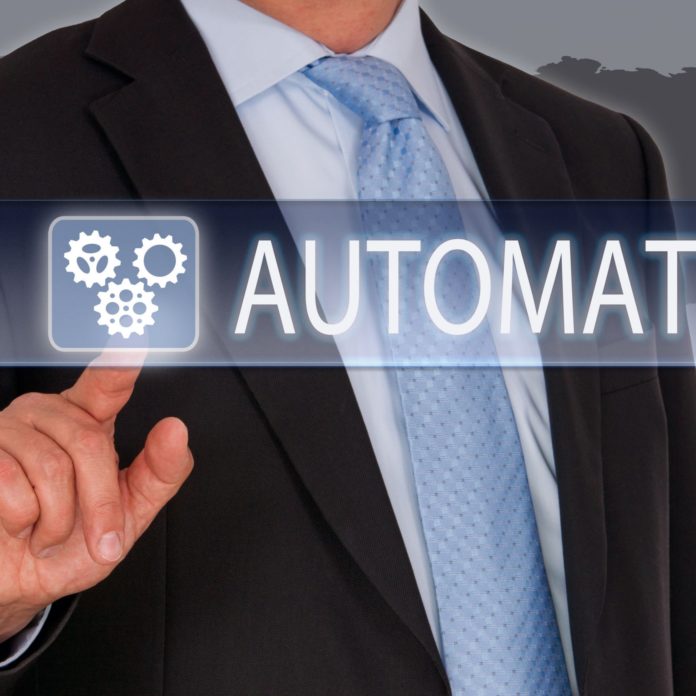As intelligent buildings continue to emerge as a major pillar of the Fourth Industrial Revolution, the use of public and hybrid cloud technology will hold the key to offering the economics and elasticity necessary for critical compute and storage resources required for a variety of industrial control systems
At a basic level, the advantages of cloud are similar for intelligent buildings as to many other cloud-centric use cases. First off, the use of public and hybrid clouds is more a more scalable and cost effective source of storage and compute resources than on-prem or edge networking resources. As massive amounts of data are generated from the sensors deployed in the use cases described above, the ability to store this data and perform analytics on the data practically mandates some level of cloud networking in order to make the economics of IIoT-fueled building automation work.
What?s more, ?the cost efficiencies and compute and storage scalability enabled by cloud networks can help facilitate a more seamless interaction between a number of systems (i.e., HVAC system, lighting, fire detection, building access and a master Building Management System (BMS) to create a more synchronized approach to complete building automation. In turn, the availability of data from a shared resource (i.e. the cloud) also makes it easier to create management dashboards that executive decision makers, line of business managers, facilities operations and management professionals, as well as third party suppliers can have access to when and where appropriate.
Accelerating efficiencies for multi-site building management
Perhaps most important is that the centralized nature of cloud resources can enable remote management of a number of building?s systems in a multi-site intelligent building scenario. To this end, rather than having multiple facilities managers responsible for maintaining multiple disparate systems, fewer personnel can manage a number of facilities across the globe from a centralized location and/or from remote, mobile devices. ?In turn, this not only helps to cut down on the number of systems needed across the footprint of a large campus, it also makes the management of these systems more cost effective,? and ideally, productive.
Naturally, putting the management of a system of intelligent building systems into a cloud environment can add a layer of complexity that operations staff must learn to manage.? To help simplify the process, most of the major cloud providers have templatized offers for helping businesses run building automation systems in the cloud. For example AWS, Azure, and IBM offer specific cloud-based automation solutions. As building automation solutions continue to mature, look for industry-specific case studies of cloud providers working directly with automation companies such as Siemens, Schneider Electric, Phillips and others to make cloud-based building automation solutions easier to adopt.
Click here to download a copy of “Transforming the workplace: Automation technology and use cases for smart buildings.”

